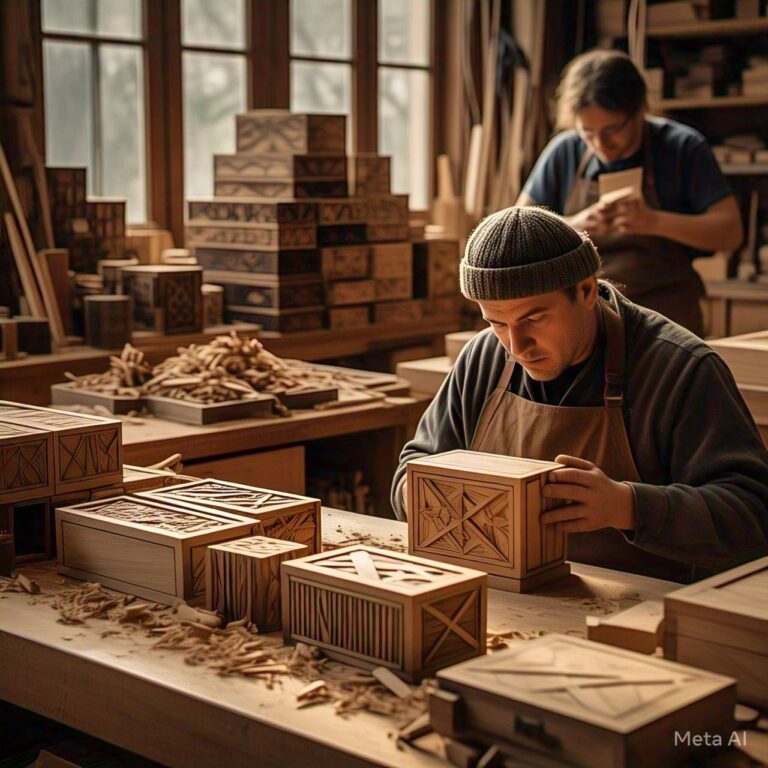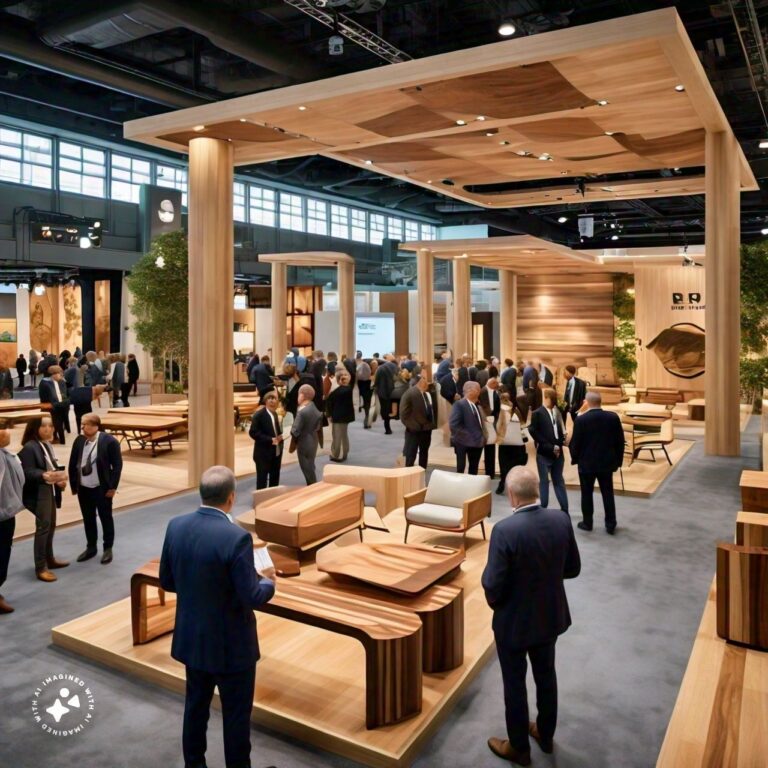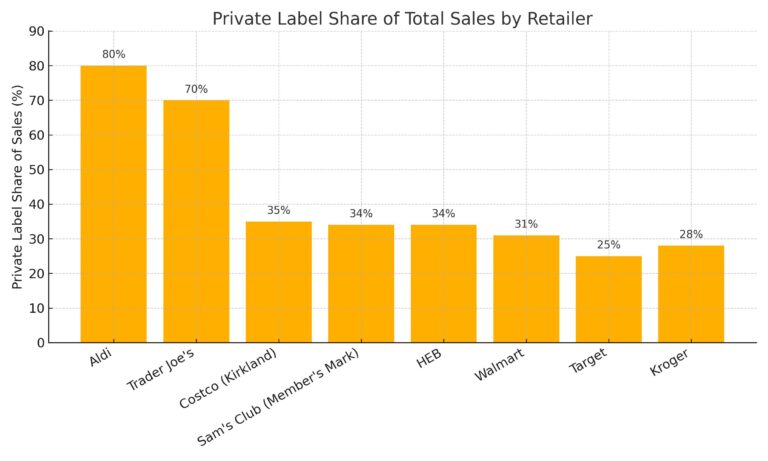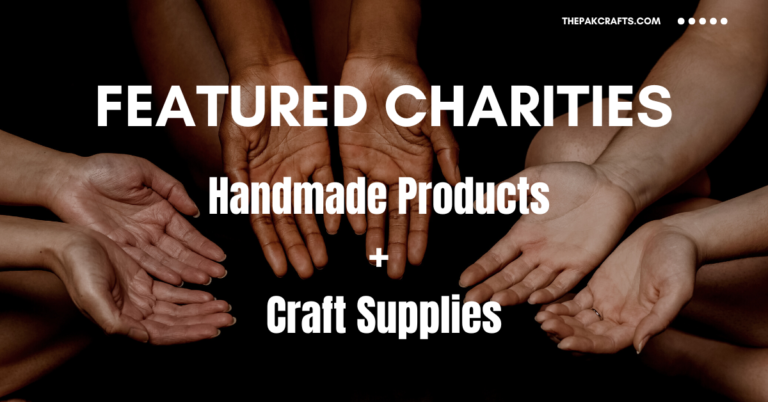Cutlery refers to hand-held devices utilized for serving or eating food. Basic cutlery types include knives, forks, and spoons. Most of them are produced using materials like stainless steel, plastic, or wood,
Picking the proper cutlery is critical for improving feasting experience and etiquette. It reflects social mindfulness, hoists feast shows, and guarantees reasonableness in eating many foods. Legitimate cutlery determination shows meticulousness and regard for food customs and adds to an agreeable, charming eating environment for visitors.
Basic types of cutlery
- Knives
Over two million years ago, the Knife was one of humanity’s earliest tools. Blades were first created from stone and bone, and later metals like bronze and iron, and blades developed fundamentally. Central for endurance, they served for hunting, cooking, restaurants,
and insurance. The variety in blade configuration reflects different social and practical necessities, from bare utility cutting edges to perplexing stylized knives. Present-day progressions have prompted many sorts, including kitchen blades, foldable knives, and strategic cutting edges. The present blades integrate progressed materials like tempered steel and carbon fiber, representing a mix of old practice and state-of-the-art innovation. Their getting through presence highlights their primary job in humanity’s set of experiences and day-to-day existence. Types of knives are the following:
Chef’s Knife
A chef’s Knife, commonly 8-12 inches long, is a kitchen fundamental for various tasks. Its broad, tightened form and sharp edge quickly empower cutting, cleaving, and dicingently. It is made of rustless or high-carbon steel and is long-lasting and accurate, making it a helpful tool for home cooks and professional cooks.
Paring Knife
A paring blade is a little, flexible kitchen blade with a sharp edge, generally around 3 to 4 inches long. Ideal for unpredictable assignments like stripping natural products, deveining shrimp, or hulling strawberries, it’s a quick, pointed tip and controlled. Its size and shape make it easy to move for delicate, close-hand work.
Bread Knife
A bread blade regularly includes a long, serrated edge, ideal for cutting through challenging portions without pulverizing the bread. The serrations grasp the hull, considering smooth cutting with less exertion. This blade is essential in any kitchen for effectively dealing with different kinds of bread, from delicate brioche to hard sourdough.
Steak Knife
A steak blade is a sharp table blade utilized for cutting steak. Custom handmade knives often include serrated edges and wooden, plastic, or metal handles. Their serration is critical for effectively slicing through the complex strands of meat without tearing. Steak blades balance sharpness for simplicity of cutting with solidness.
Utility Knife
A utility blade is a flexible instrument utilized for different cutting errands. Commonly highlighting a retractable or replaceable sharp edge, it can undoubtedly slice through materials like paper, cardboard, and plastic. Its minimal plan makes it ideal for ordinary assignments, while the short, strong edge guarantees exact, effective cutting.
2. Forks
Even though they became commonplace in Europe in the 16th century, forks, an essential component of Western dining etiquette, have a long and illustrious history that dates back to ancient times. Forks have gone from two-tined designs to their current four-tined form despite being initially viewed with suspicion and being associated with luxury. They need to hold food set up while cutting with a blade and move food from the plate to the mouth, advancing cleanliness and refined dietary patterns. The reception of forks altered social graces, reflecting more extensive social and social changes. Today, they are essential in culinary settings, representing behavior and the advancement of feasting customs. The primary forms of the forks are given below:
● Dinner Fork
A dinner fork, usually a piece of a Western table setting, has four prongs and is more significant than a serving of mixed greens or a pastry fork. It’s used for the primary course, created from hardened steel or silver. Its plan adjusts usefulness and style, with a weight agreeable for holding and puncturing different food sources.
● Salad Fork
A salad fork, regularly more modest than a dinner fork, includes a more limited length and somewhat complementary prongs. It is intended for productively eating plates of mixed
greens, with one prong often more extensive for slicing through lettuce or vegetables. Its size, made of stainless steel or silver, ensures comfort and balance for salad courses.
● Dessert Fork
A dessert fork, typically more modest than a supper fork, includes a thin handle with three or four prongs. It’s utilized for eating cakes, baked goods, and other sweet dishes. The left prong is frequently more extensive or indented for cutting through delicate, lovely layers, mixing usefulness with a sensitive plan for post-dinner extravagance.
● Cocktail Fork
A small and slim cocktail fork is intended for starters and fish. It highlights a few prongs ideal for spearing things like olives, cherries, or little fish pieces. Its size and shape work with rich, exact taking care of, upgrading the eating experience in friendly or formal settings.
Read More: Craft (Handmade) Industry Statistics for 2024
3. Spoons
The spoon, an omnipresent utensil in human culinary history, goes back millennia. It is ideal for scooping, stirring, and serving liquids and soft foods in food and beverage service due to its straightforward but effective design, which includes a small bowl at the end of a handle. Initially created from materials like wood, bone, and shell, the advancement of spoons matches human development, with later forms produced using metals and, at last, plastic. Their fluctuated shapes and sizes, custom-made to explicit capabilities or social cooking styles, mirror the variety of human dietary patterns. Spoons are now a central part of everyday life and are found in every culture worldwide. Typically, custom handmade spoons are considered good quality. The basic types of spoons are the following:
● Table Spoons
Tablespoons, fundamental in kitchens and lounge areas, are standard estimating units in cooking, holding around 15 milliliters. Bigger than teaspoons, they’re utilized for serving and eating soups, stews, and pastries. In recipes, “Tbsp” means a tablespoon, which is significant for exact estimations and culinary achievement, mixing usefulness with culinary practice.
● Tea Spoons
Tea Spoons, a captivating idea, probably mixes customary ingredients with contemporary patterns. If it’s a culinary term, it could allude to an extraordinary sort of spoon or a particular estimation in cooking, potentially associated with tea culture or Asian food. Its unique name proposes a mix of legacy and development, indicating a combination of styles or a clever methodology in culinary expressions or item plans. This idea arouses interest, promising something particular in gastronomy or kitchenware.
● Soup Spoon
Soup spoons, regularly bigger and rounder than standard teaspoons, are intended for quickly consuming soups and stocks. Their vast, round bowls empower productive scooping and tasting of fluids, improving the feasting experience. They represent cultural and stylistic variations in tableware design and are typically part of a cutlery set.
● Dessert Spoon:
Dessert spoons, slightly bigger than teaspoons but more modest than tablespoons, are intended for getting a charge out of pastries. Their size suits serenely eating cakes, puddings, and other sweet dishes. Created from different materials like hardened steel or silver, they add a tastefulness to dessert utilization, improving the eating experience.
Read More: 13 Best Woods for Carving
Classification of knives based on size:
● Dinner Knife
A dinner knife, generally around 9 to 9.5 inches long, is intended for equilibrium and productivity in cutting. Its size supplements standard dinnerware, offering easy cutting through most food varieties served at supper. Its proportionate length guarantees it is open to taking care of and adjusting well to formal and easygoing feasting settings.
● Sneak Knife
The sneak blade, ordinarily little and effectively concealable, succeeds in secrecy and compactness. Ideal for tight situation self-preservation, its smaller plan considers tactful conveyance. Be that as it may, its size limits reach and flexibility contrasted with more oversized edges, making it more appropriate for explicit, strategic situations than general utility purposes.
● Luncheon Knife
A luncheon knife typically has a length of 8 to 9 inches, making it smaller than a dinner knife. Intended for early afternoon feasts, it’s excellent for cutting servings of mixed greens, cheeses, and organic products. Its size offers comfort and better dealing with less formal, lighter feasting encounters, adjusting class, and reasonableness
● Fish Knife
A fish blade, regularly more modest and sensitive than standard blades, is intended for fish. Around 7-9 inches long, it includes a tight, adaptable cutting edge for accuracy in eliminating bones and skin, guaranteeing negligible waste and flawless filets. Its size is critical for powerful, complicated work with fish.
● Dessert Knife
A dessert blade, ordinarily more modest than a supper blade, measures around 7 to 8 inches. Intended for delicacy and accuracy, it’s great for cutting through delicate sweets like cakes or baked goods. Its size guarantees it’s proportionate to dessert plates, keeping up with tastefulness and equilibrium on a conventional eating table.
● Fruit Knife
A fruit knife, commonly little measured, around 3 to 4 crawls long, is intended for accuracy in stripping, cutting, and
coring organic products. Its minimal size guarantees simple mobility, making it ideal for sensitive assignments. The blade is frequently made of stainless steel, ensuring its durability and sharpness, which are crucial for adequate fruit preparation.
● Butter Knife
A butter blade, commonly more modest than a supper blade, is intended for spreading instead of cutting. Its dull edge and rounded point make it safe and effective for spreading butter, jam, or soft cheeses. It is about 5 to 6 inches long.
Read More: Essential Pottery Raw Materials
Commonly Used Materials to Make Cutlery
Material decisions in cutlery enormously influence toughness, upkeep, and style. Stainless steel is famous for its consumption obstruction and reasonableness. High-carbon steel offers superior sharpness, while ceramics give lightweight, hypoallergenic choices. Titanium is appealing for modern, upscale dining experiences because it combines strength and lightness. Some material matters are the following:
● Stainless Steel
Stainless steel is the most well-known choice for cutlery. Stainless steel is a composite of iron, carbon, and chromium. It’s known for its strength, protection from erosion and rust, and simplicity of support. Stainless steel cutlery confers no taste to food and is dishwasher safe, making it advantageous for regular use. However, the level of quality can vary, with a higher nickel and chromium content typically indicating higher quality.
● Silver
Silver Cutlery, frequently a blend of silver and different metals like copper (real silver is 92.5% silver), is valued for its magnificence and customary allure. It’s milder than hardened steel, which makes it more vulnerable to scratches and stains. Silver Cutlery needs to be polished regularly and handled with care. It’s typically saved for exceptional events because of its expense and prerequisite for upkeep.
● Plastic
Plastic cutlery, customarily produced using polystyrene or polypropylene, is lightweight and modest. It accommodates single-use applications, particularly in cheap food or takeout settings. Nonetheless, it’s less sturdy and ecologically disagreeable compared with other options, such as metal or biodegradable, which contribute essentially to plastic waste and contamination issues.
Read More: Featured Charities that Accept Handmade Items and Craft Supplies
Specialized Cutlery
Specialized cutlery incorporates utensils intended for explicit errands, similar to cheddar blades, clam forks, and steak blades, improving the feasting experience by streamlining usefulness for specific food varieties or culinary practices. Cutlery discusses below:
● Cheese Knives
Cheese blades are particular instruments intended for cutting different cheddar types. They come in various shapes and sizes, each customized to explicit cheddar surfaces — delicate, semi-delicate, hard. Highlights like tempered steel edges, ergonomic handles, and exceptional edges (e.g., pronged tips and openings) help cut neatly and carefully serve cheddar.
● Oyster Forks
Oyster forks, specific utensils in top-notch food, are little, with three short, pointed prongs. They symbolize culinary sophistication and tradition and are made to effortlessly remove oysters from their shells. Their size and shape are custom-fitted for sensitive errands, improving the experience of enjoying shellfish, a connoisseur delicacy.
● Grapefruit Spoons
Grapefruit spoons are a specialized kitchen tool that can easily cut grapefruit flesh into small pieces and scoop it out. Portrayed by a serrated edge and a somewhat extended bowl, they empower a simple route through the citrus’ intense film, upgrading the organic product eating experience. They are a niche but valuable tool for cutlery sets because of their
distinctive shape and function.
● Chopsticks
Chopsticks, starting in old China, are a couple of equivalent-length sticks utilized as conventional eating utensils in different East Asian nations. They require coordination and smoothness, produced using materials like bamboo, wood, plastic, or metal. Chopsticks are a regionally distinct symbol of cultural identity and etiquette.
Read More: Best Leather Working Tools
Handmade vs. Machine-made Cutlery
Handmade and machine-made cutlery quality depends on various factors, and each has its strengths.
Handmade Cutlery
1. Craftsmanship:
Handmade cutlery often reflects superior craftsmanship, with attention to detail and a personal touch.
2. Unique Designs:
Artisans can create unique designs, providing individuality and aesthetic appeal.
3. Customization:
Custom Handcrafted cutlery pieces may offer more customization options to meet specific preferences.
Machine-Made Cutlery
1. Consistency:
Machine manufacturing ensures consistency in size, weight, and overall quality across large batches.
2. Efficiency:
Mass production allows for cost-effective and efficient manufacturing, making machine-made cutlery more accessible.
3. Affordability:
Typically, machine-made cutlery tends to be more affordable than handmade alternatives.
The choice between handmade and machine-made cutlery ultimately comes down to personal preferences, budget constraints, and the intended use. Handmade cutlery may be favored for its artistry and uniqueness, while machine-made options are often chosen for their affordability and consistent quality. Both types can provide high-quality cutlery, and the decision rests on individual priorities and values.
Unique Cultural Cutlery
Unique cultural cutlery typifies assorted customs. Every piece, from brassware from India to chopsticks from Japan, reflects the local cuisine, materials, and traditions, enhancing dining experiences worldwide. Martin Yan has quoted about cutlery in the following words:
“I have a lot of cooking tools. I have a whole drawer full of knives. Cooking tools, especially cutlery, are my toys.”
According to Laurell K. Hamilton,
“The true way to a man’s heart is six inches of metal between his ribs.” You have to love Anita Blake.”
Unique Cultural Cutlery are the following:
● Chinese Chopsticks
Chinese chopsticks, customarily produced using bamboo, wood, or ivory, are fundamental utensils in Chinese cooking. Saturated with centuries of history, they reflect social qualities like regard and mutual eating. Their utilization requests smoothness, representing training and social behavior in Chinese society, rising above simple devices to become social symbols.
● Japanese Sushi Knives
The “sashimi boho” or Japanese sushi knives are made with exceptional precision. They encapsulate a mix of customary producing strategies and present-day metallurgy. These specialized knives are made to cut fish precisely, minimizing their flavor and texture damage. Their sharp, dainty cutting edges are great for sensitive cutting, which is fundamental in sushi arrangement.
● Indian Thali Cutlery
Indian Thali, a conventional platter, regularly doesn’t include a lot of cutlery, mirroring India’s deep-rooted practice of eating with the hands, thought about a tactile encounter. In any case, present-day variations could incorporate an essential set: a spoon and, in some cases, a custom handmade fork, which is, for the most part, utilized for eating in more formal or eatery settings.
Modern Trends in Cutlery Design
The present-day cutlery plan for 2024 underlines moderation and manageability, with a developing pattern towards eco-accommodating materials like bamboo and reused metals. Ergonomics plays a crucial role, emphasizing comfort and utility. Stylishly, smooth, clean
lines with matte completions are well known, mixing customary polish with contemporary effortlessness for different table settings.
● Minimalist Designs:
The minimalist design underlines straightforwardness, utilizing a restricted variety range, clean lines, and cleaned-up spaces. It prioritizes functionality and eliminates unnecessary components to emphasize essential features. This methodology, established in the guideline “toning it down would be best,” makes quiet, adequate conditions, frequently consolidating monochromatic plans and mathematical structures for a cutting-edge, smooth style.
● Ergonomic Handles:
Ergonomic handles are intended to develop solace and proficiency further while decreasing strain and injury risk. They adapt to the hand’s natural position, ensuring a more secure grip and improved control. Materials like elastic or silicone frequently upgrade grasp and retain shock. They boost user productivity and safety, making them ideal for sports equipment, kitchenware, and tools.
● Sustainable and Eco-friendly Options:
The focus of eco-friendly and sustainable alternatives is on lowering their environmental impact. This incorporates utilizing environmentally friendly power sources like sunlight-based or wind power, embracing zero-squander works, settling on biodegradable or recyclable materials, and advancing energy proficiency in homes and organizations. Economic farming and decreasing carbon impressions through green transportation are likewise crucial angles.
Read More: How to Find Best-Selling Products on Etsy (2024)
Choosing the Right Cutlery for Occasions
Picking the suitable cutlery types for events relies upon customs and the menu. For formal occasions, utilize a complete set, including supper and chilled forks, soup and treat spoons, and a blade. Easygoing issues might require fewer pieces. Match the style to the occasion’s subject for a firm eating experience.
● Formal Dining:
Formal dining, an elegant culinary encounter, is described by fastidious table settings, numerous courses, and severe decorum. It frequently happens in upscale conditions and accentuates refined show and administration. Essential parts incorporate fine china, precious stone dish sets, and flatware, organized by unambiguous conventions, making an air of complexity and custom.
● Casual Gatherings:
An informal social gathering is where friends, family, or coworkers enjoy each other’s company. These informal meetings frequently involve games, movies, light conversation, snacks, or other activities. They stand out for their laid-back atmosphere, impulsive nature, and emphasis on building relationships and creating stress-free, enjoyable experiences.
● Outdoor Events:
Outside events offer a unique mix of nature and local areas, uniting individuals in outside-air settings. They can go from shows and celebrations to sports and picnics, cultivating social collaboration and association with nature. These occasions frequently give tactile lavishness and a break from indoor everyday practice, helping mental prosperity.
Conclusion:
In conclusion, experimenting with different types of cutlery can significantly improve dining experiences. Diverse designs, materials, and cultural styles enhance functionality and add aesthetic value. By embracing assortment in cutlery, one can find better approaches to appreciating dinners and the craft of eating as much as the actual food.










